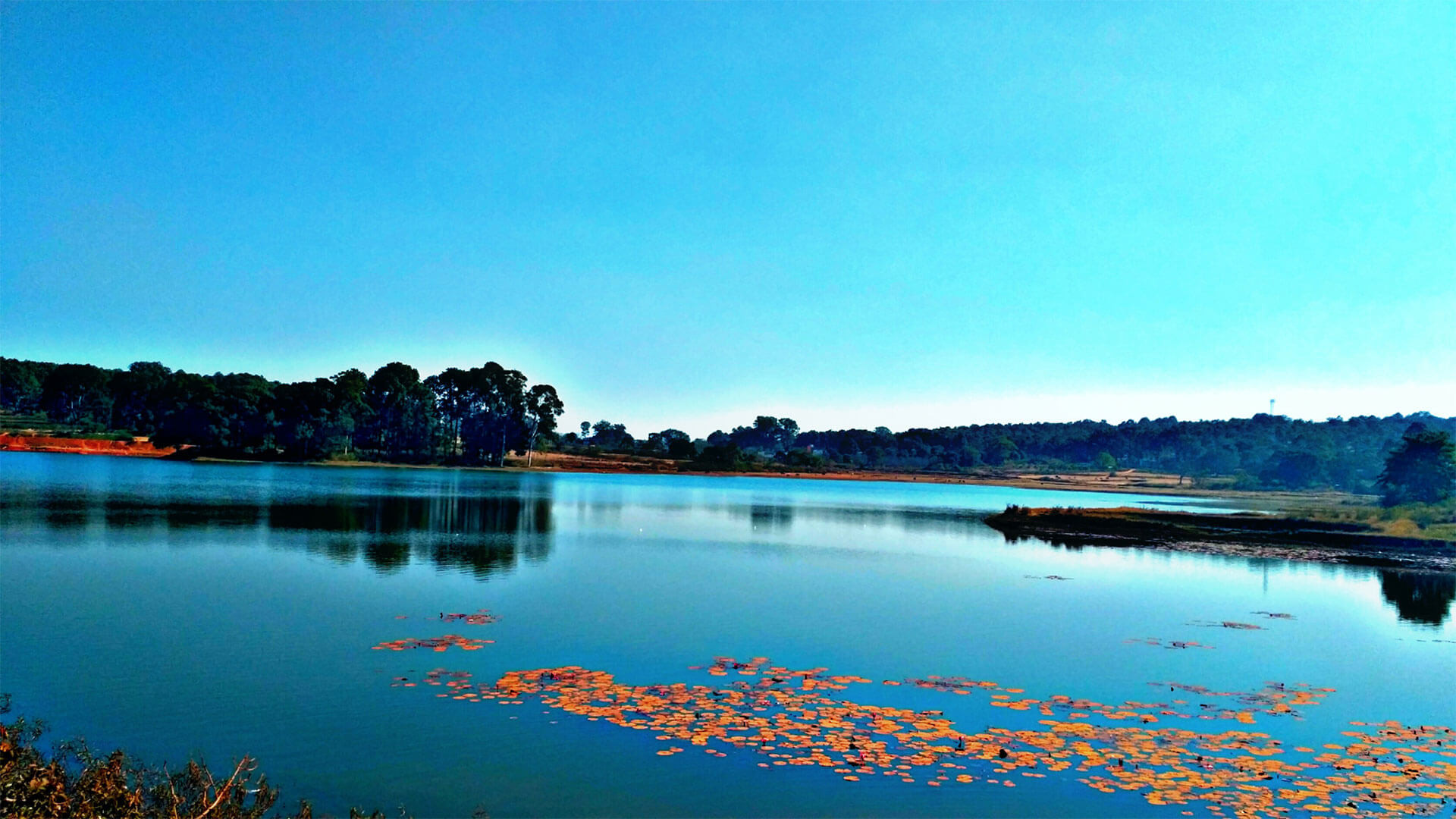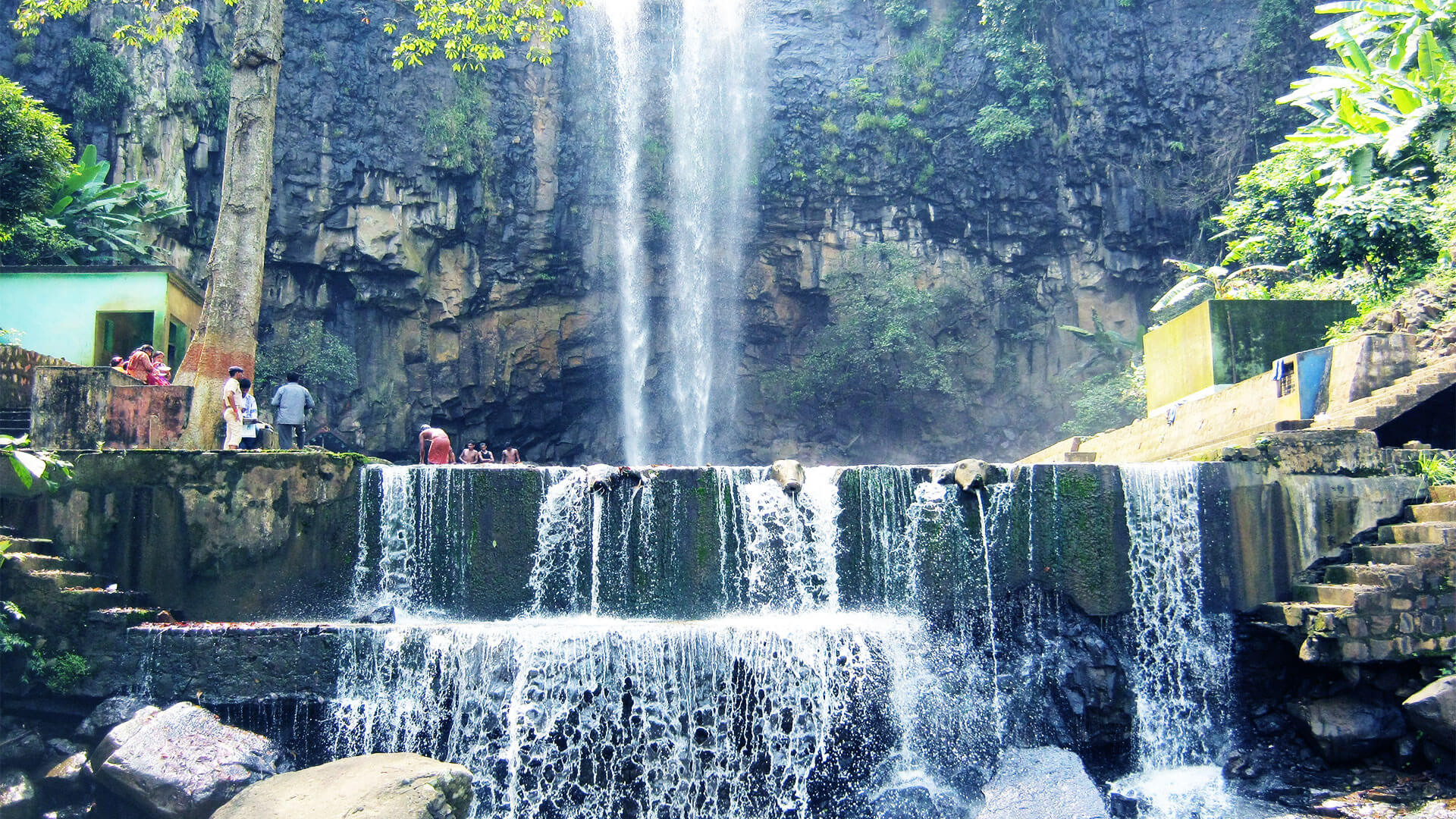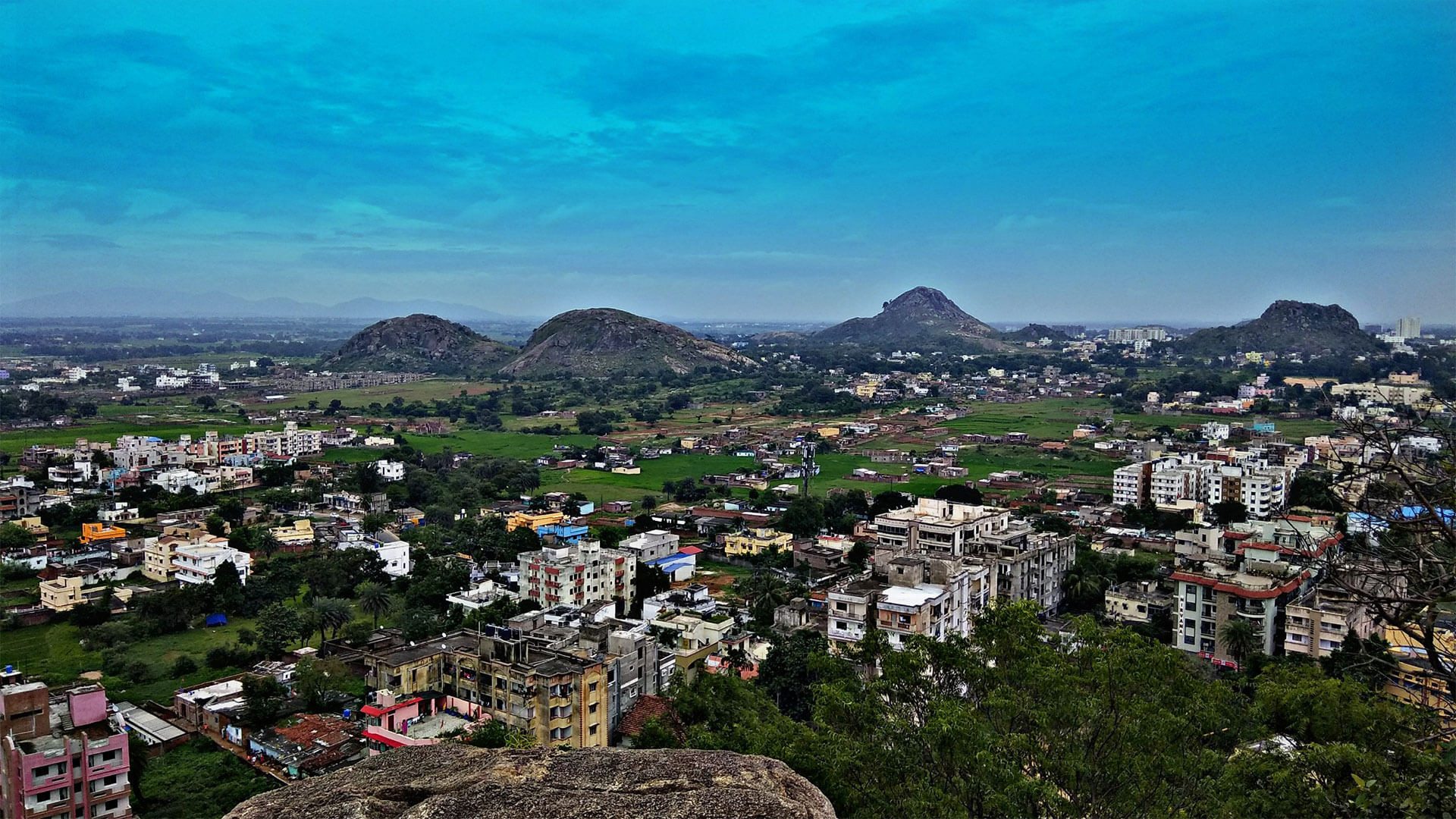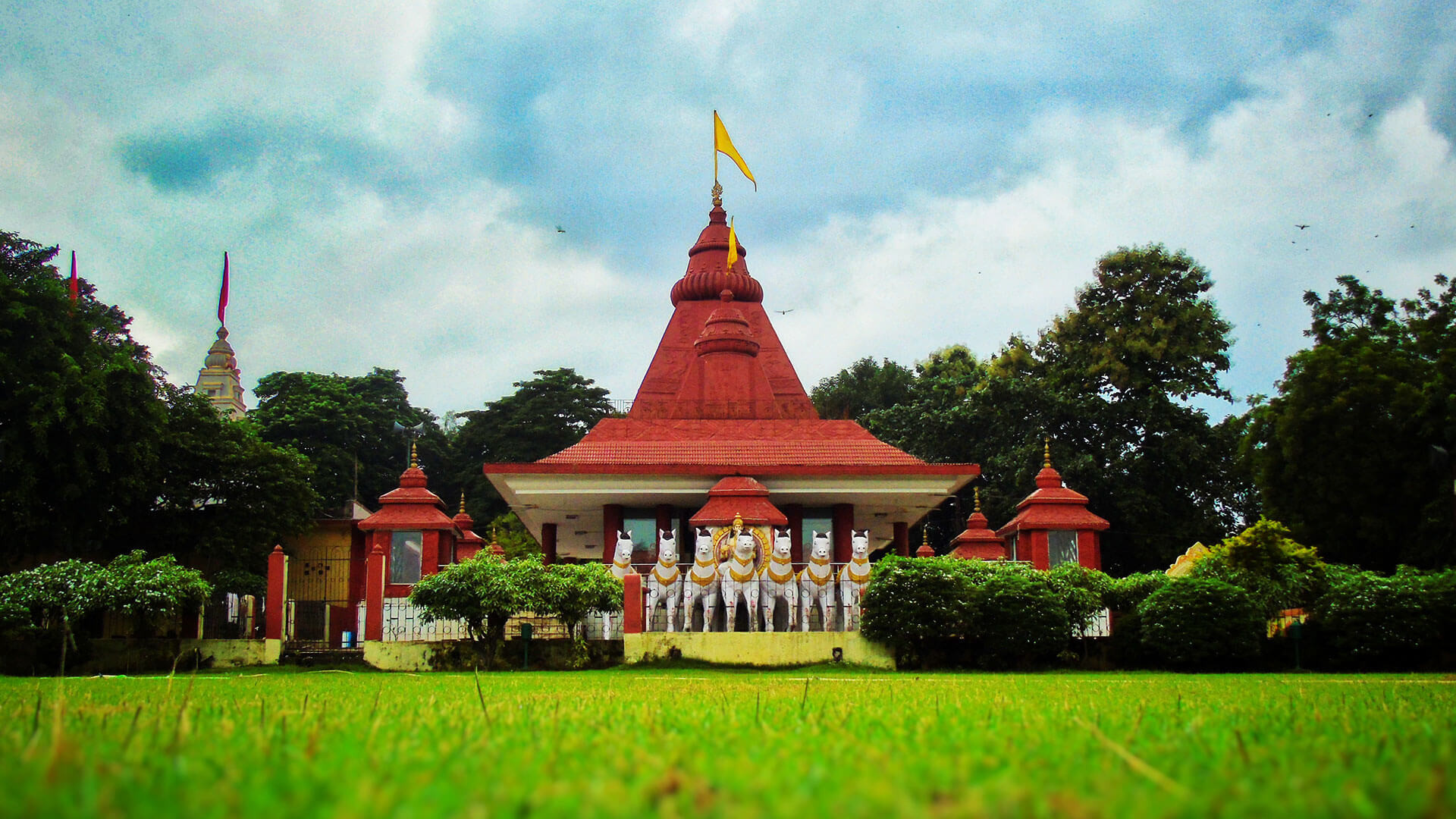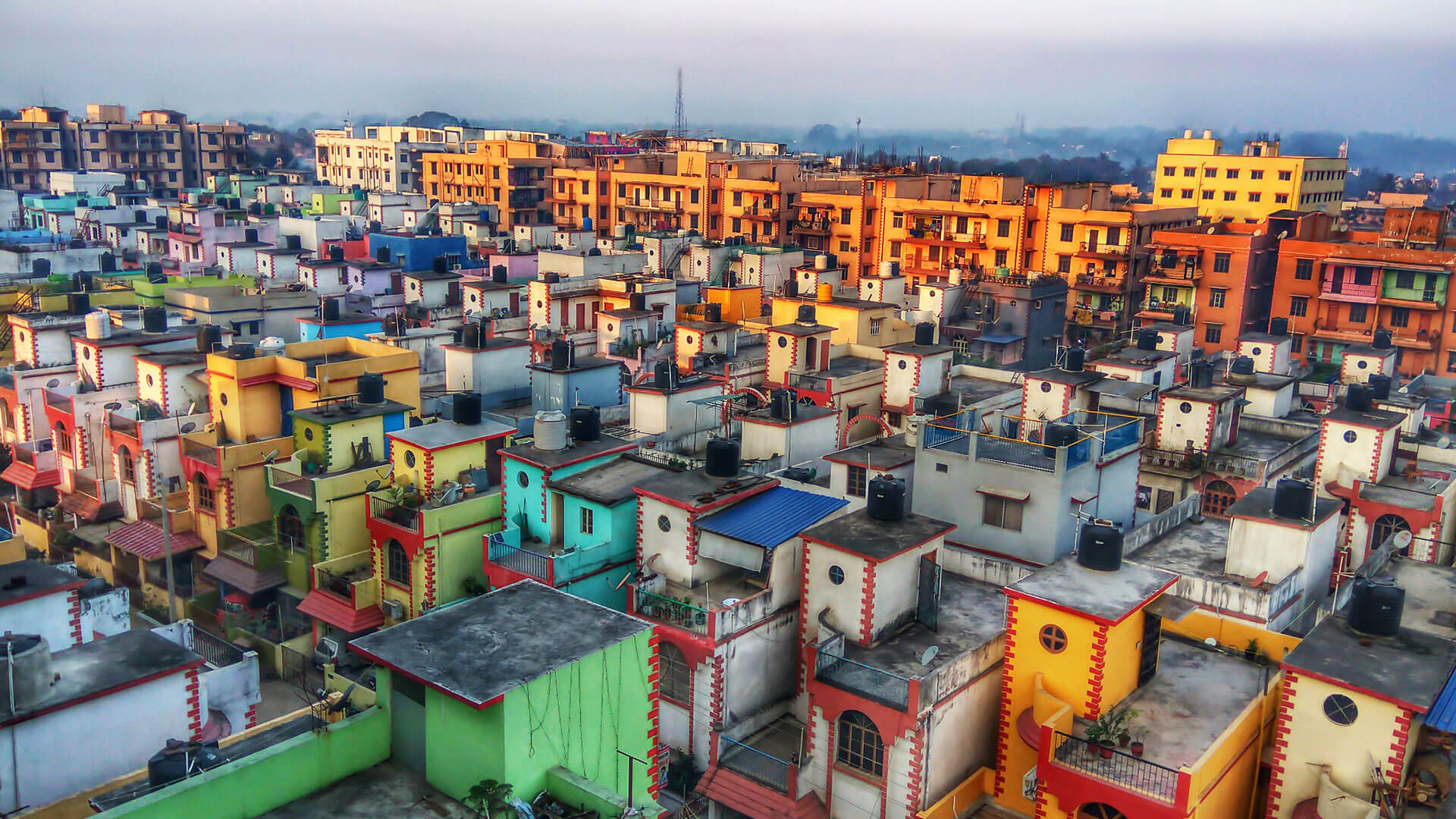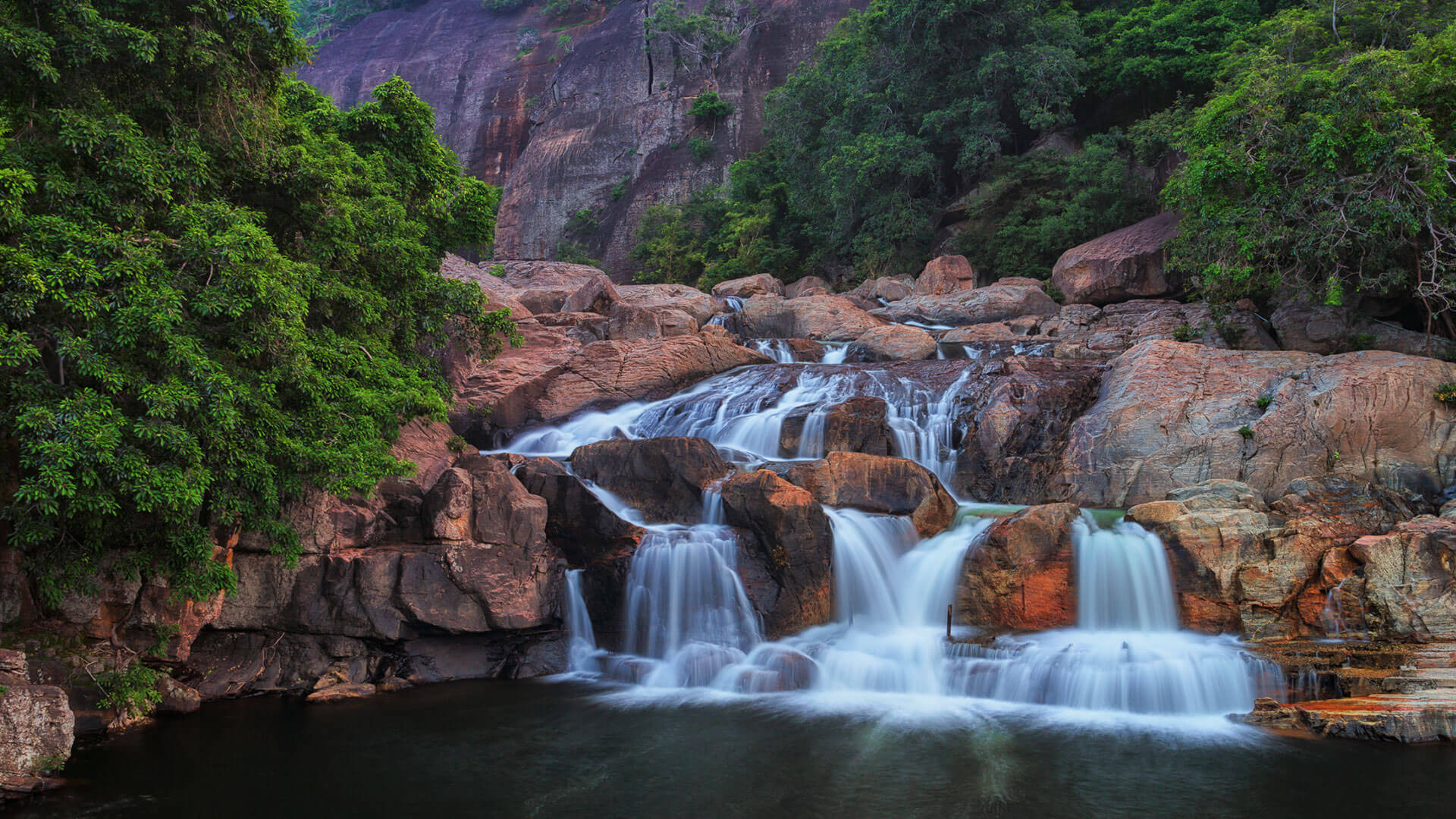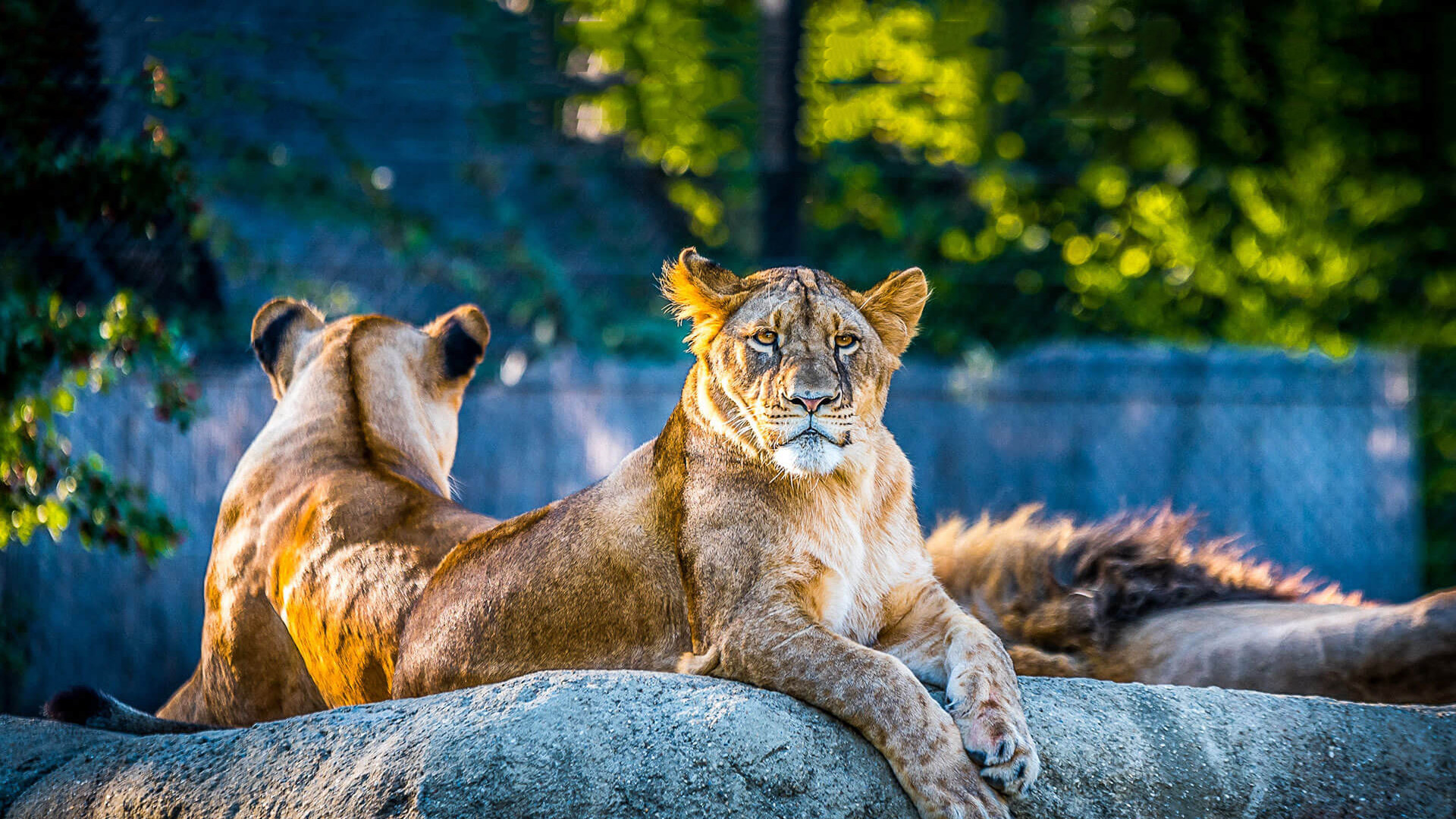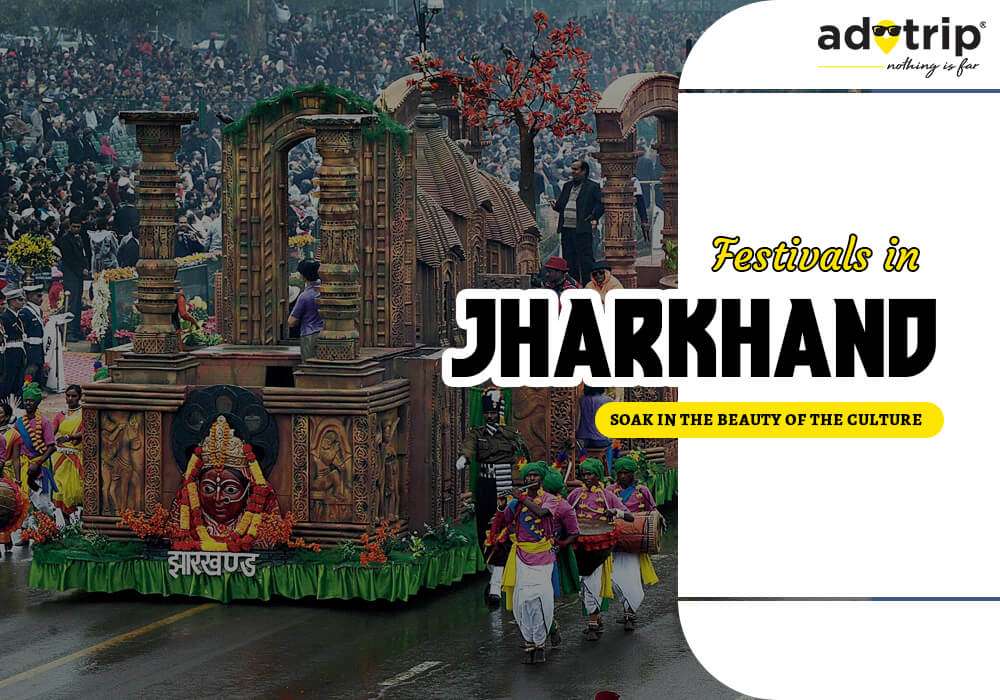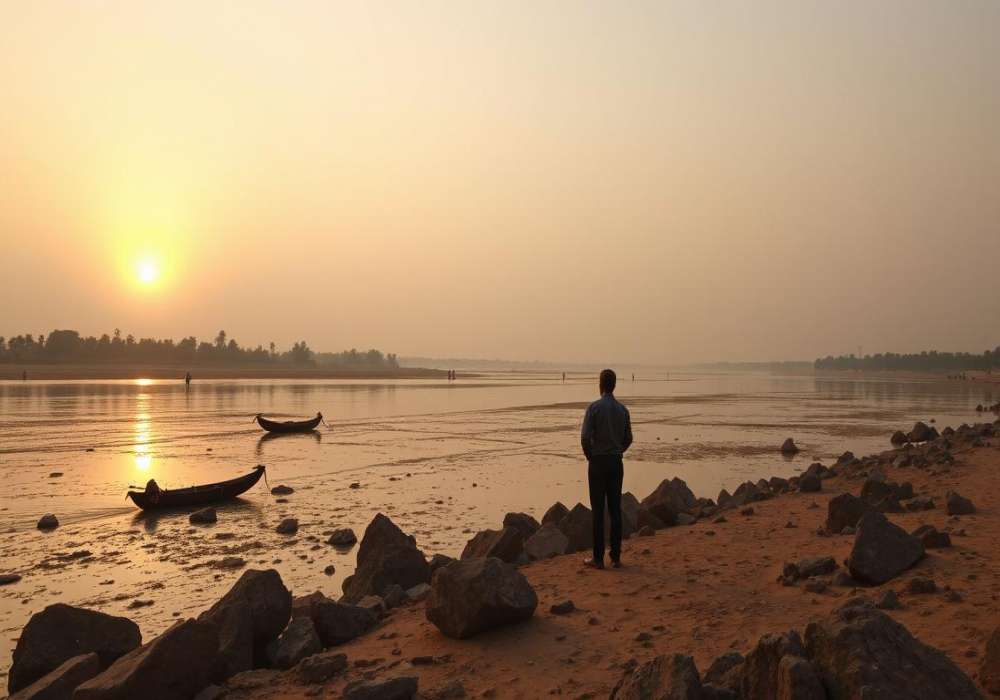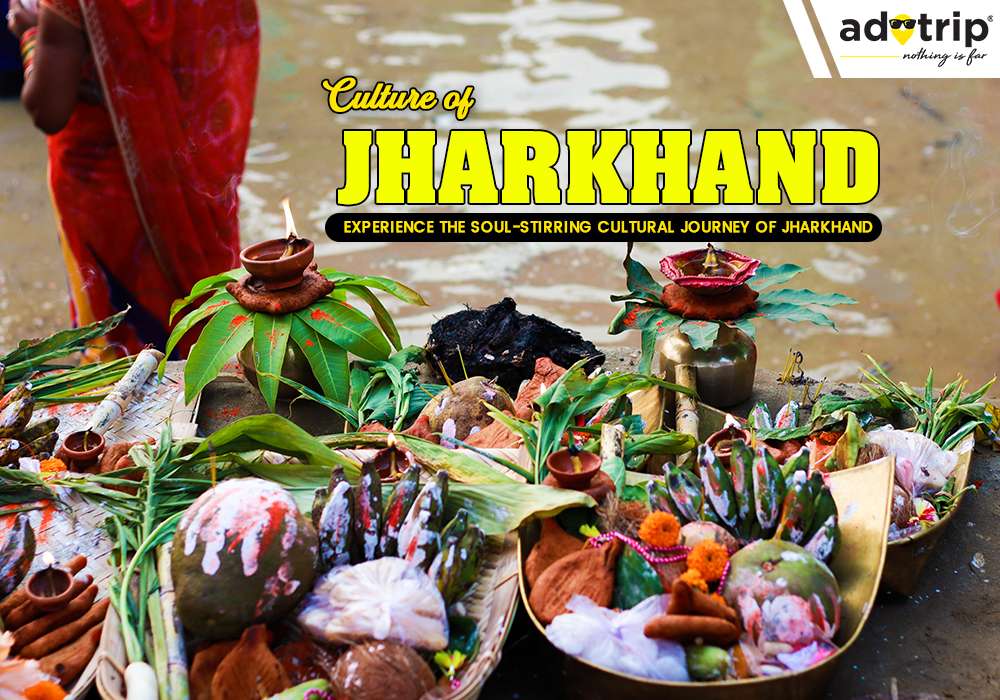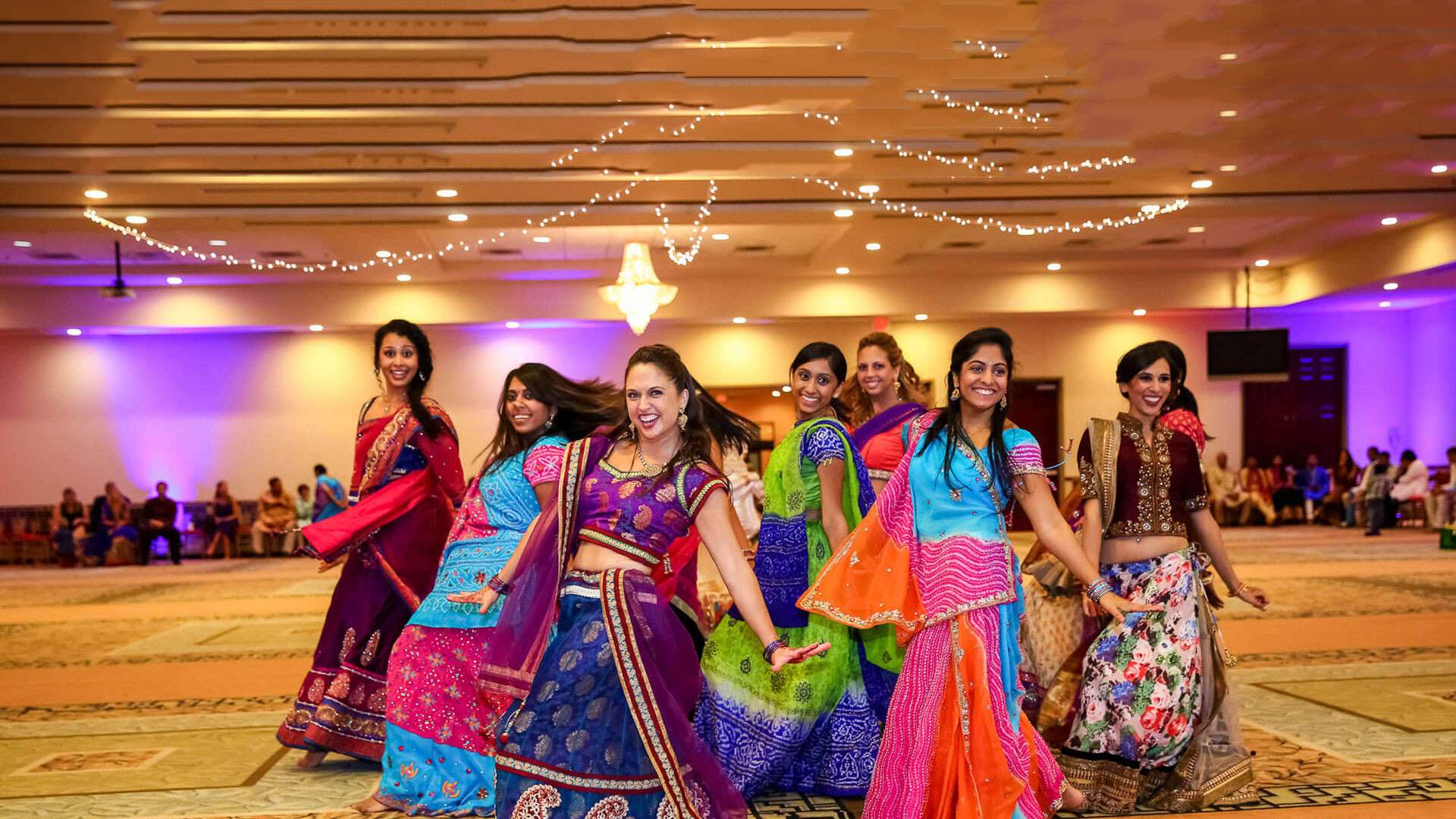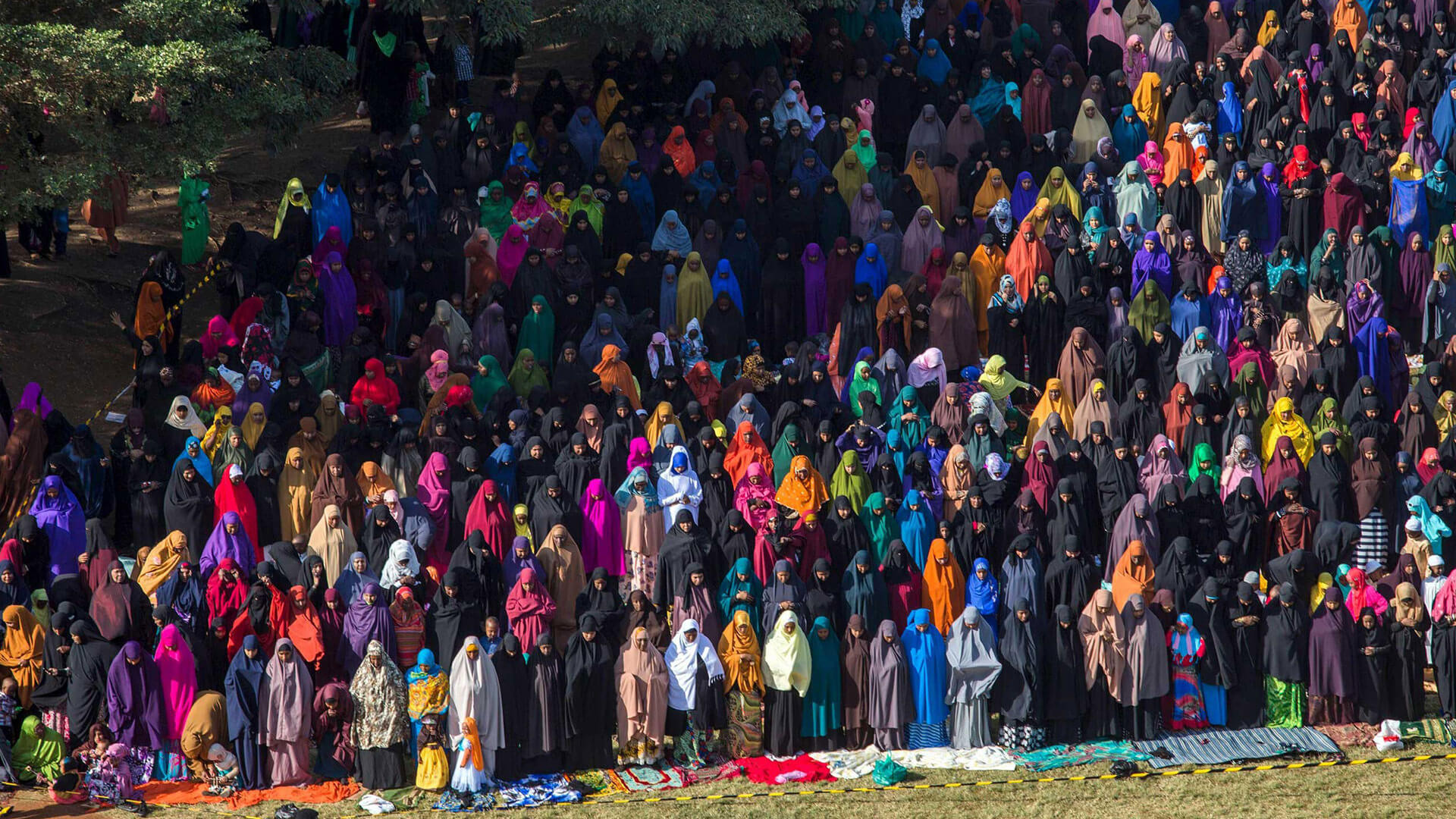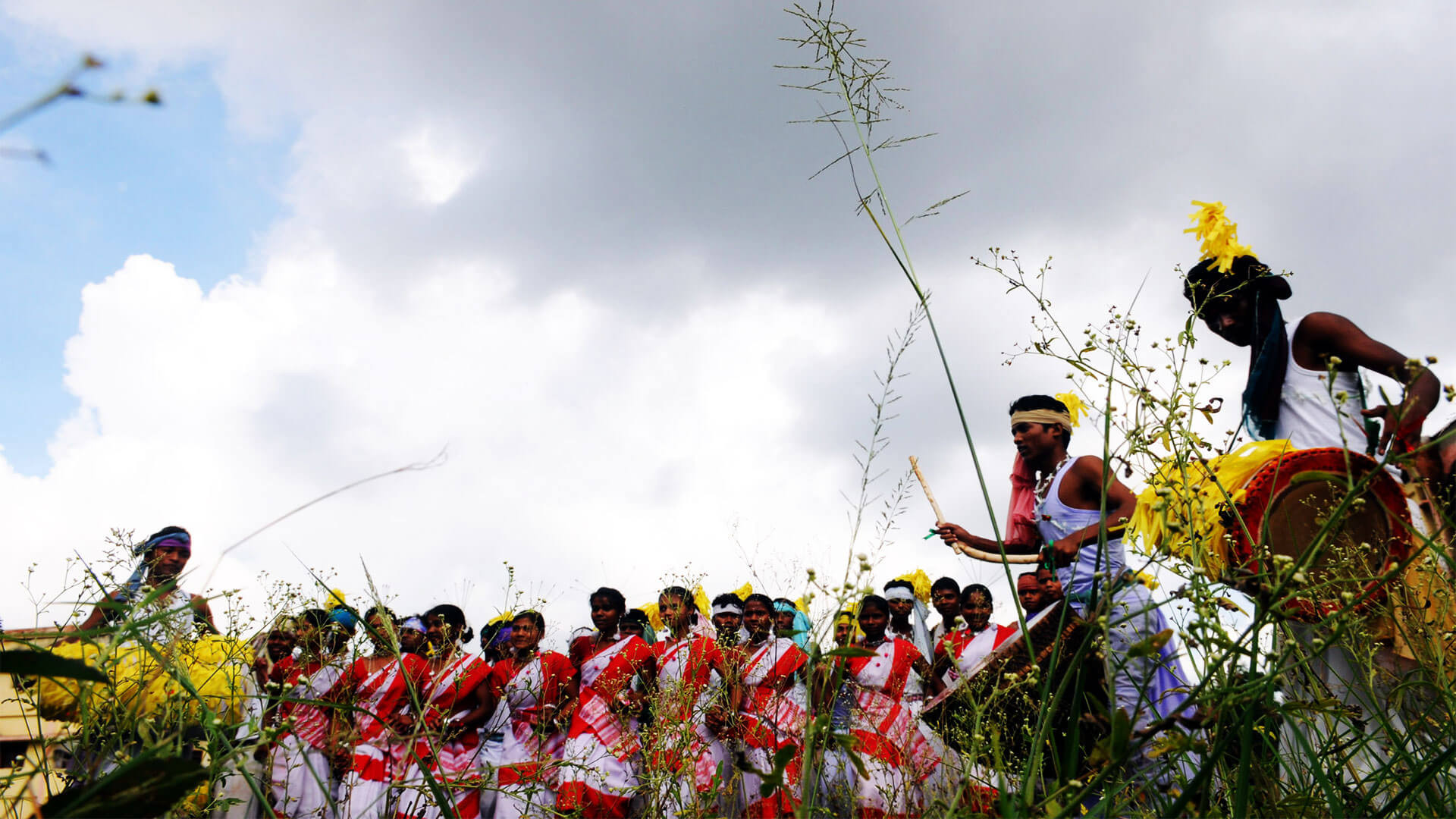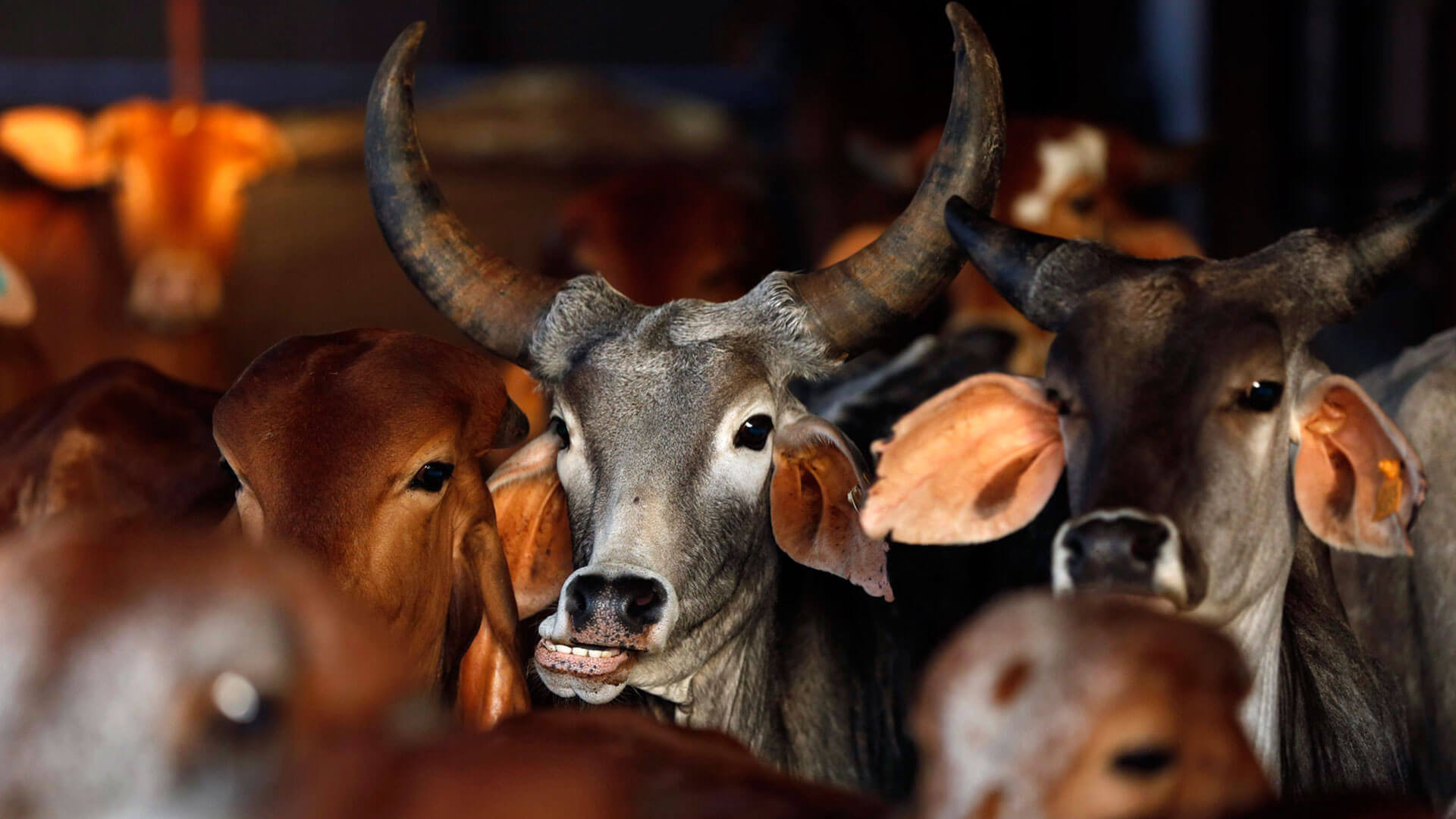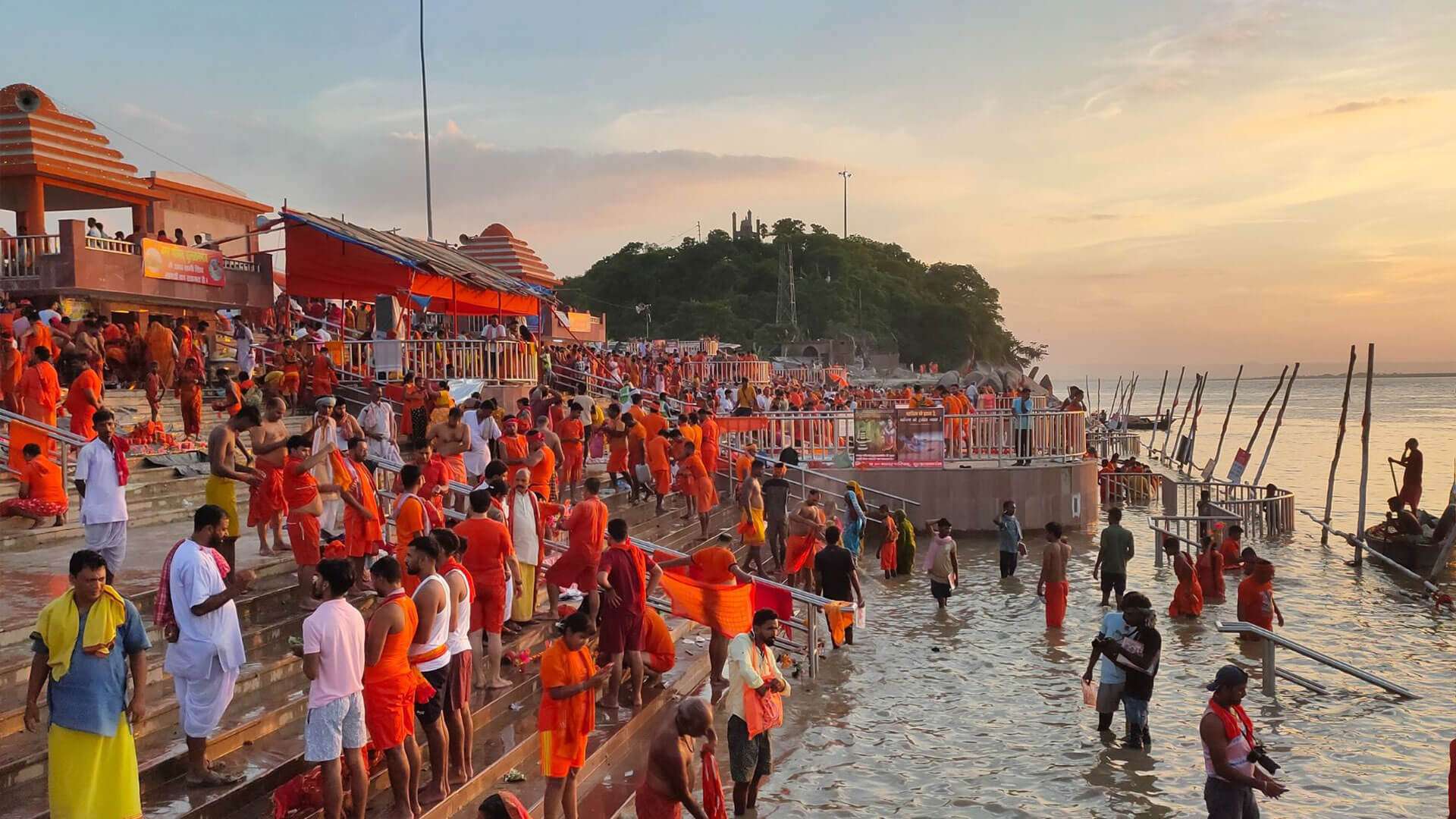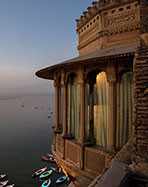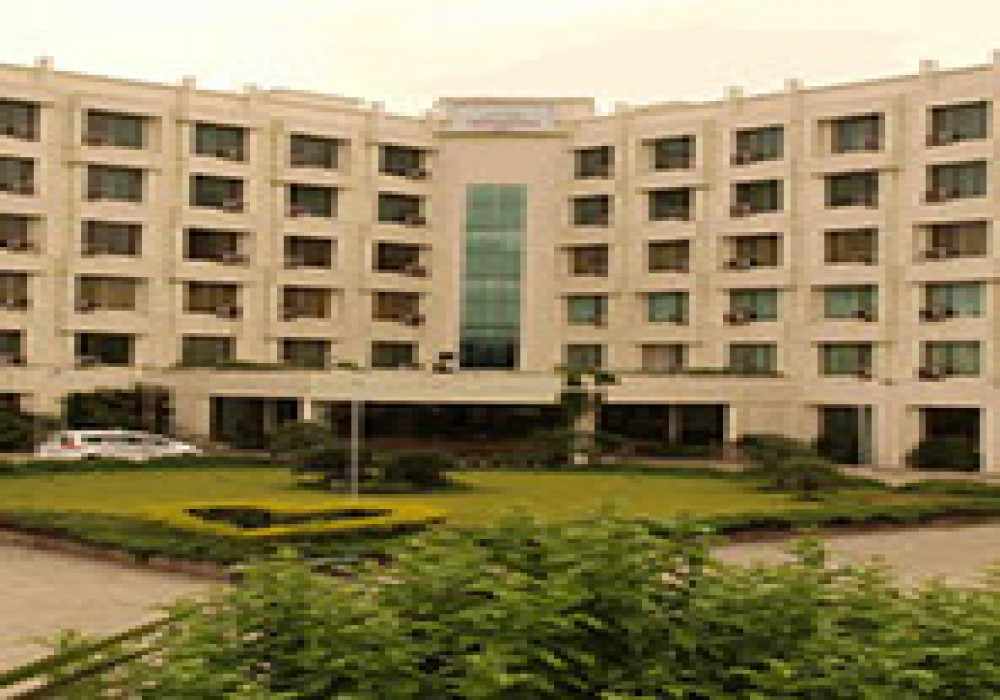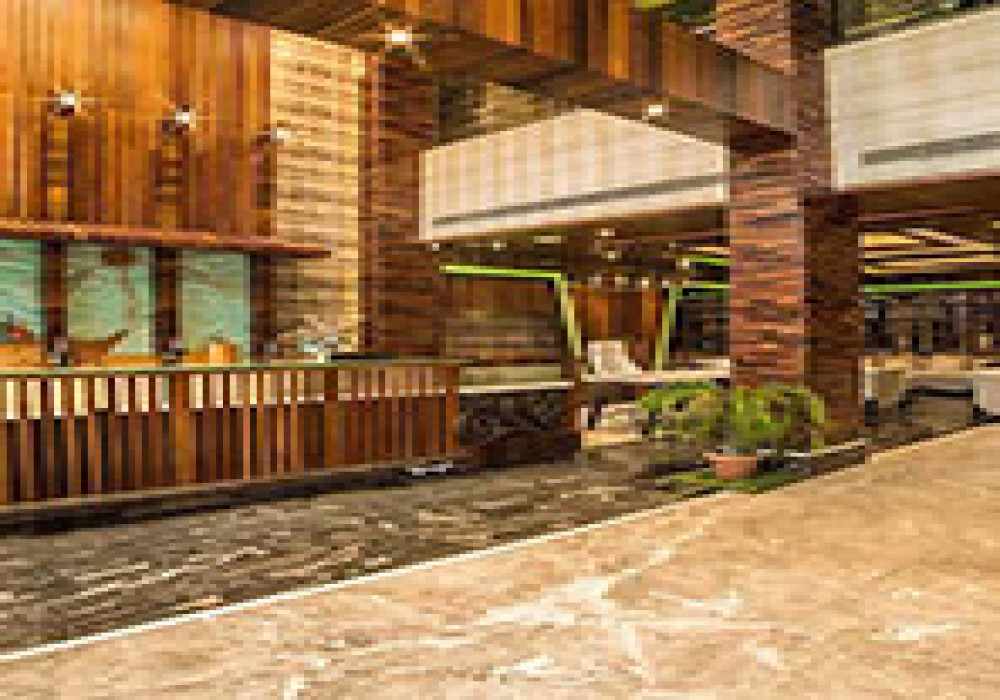Jharkhand Tour Packages 2025
Cities in Jharkhand
Best Destinations in Jharkhand
Jharkhand - The Land of Forests
Jharkhand, in eastern India, is a beautiful state filled with greenery, dense forests, and a rich cultural heritage. It’s a perfect place for anyone who loves nature or wants to explore history. From stunning waterfalls and wildlife sanctuaries to ancient temples, there’s plenty to see and do. The weather is pleasant, and the people bring the region’s culture to life. Whether you're strolling through Ranchi’s lively streets or trekking in Betla National Park, Jharkhand offers experiences you'll remember forever.
Historical Significance of Jharkhand
Jharkhand has a rich history that dates back to ancient times. It was once a part of the Magadha Empire and later the Mauryan and Gupta Empires. The region has been home to various tribal communities for centuries, each contributing to its vibrant culture. Significant historical landmarks include the Maluti Temples and the ruins of Palamu Fort, reflecting the architectural and cultural heritage of the state.
Read More : Places To Visit In Jharkhand
Climate of Jharkhand
Jharkhand experiences a tropical climate with three main seasons: summer, monsoon, and winter. Summers (March to June) can be warm, while the monsoon season (July to September) brings heavy rainfall, enhancing the beauty of its forests and waterfalls. Winters (October to February) are cool and pleasant, making it the best time to visit.
Culture and Tradition Of Jharkhand
The culture of Jharkhand is deeply rooted in tribal traditions. Festivals like Sarhul, Karma, and Tusu Parab are celebrated with vibrant dances, music, and rituals. The state is also known for its traditional handicrafts, including bamboo art, tribal paintings, and stone carvings. Visitors can witness the cultural richness in local fairs and festivals.
Read More : Festival Of Jharkhand
Top Free Things to Do in Jharkhand
- Visit Rock Garden: Enjoy the scenic views and beautifully crafted sculptures in Ranchi.
- Explore Dassam Falls: A picturesque waterfall that offers a refreshing experience.
- Relax at Tagore Hill: Ideal for a peaceful retreat and a panoramic view of Ranchi.
- Visit Tribal Villages: Experience the authentic tribal lifestyle and traditions.
- Stroll in Nakshatra Van: A beautiful park representing astrological constellations.
Why Visit Jharkhand?
Jharkhand is a paradise for nature lovers, adventure seekers, and culture enthusiasts. From serene waterfalls to wildlife sanctuaries, the state offers something for everyone. It’s a great destination to explore the untouched beauty of forests, experience tribal traditions, and enjoy authentic local cuisine.
When to Visit Jharkhand
The best time to visit Jharkhand is from October to March when the weather is cool and comfortable. The waterfalls are especially scenic after the monsoon season, and winter is perfect for exploring wildlife sanctuaries and cultural sites.
Top Must-Visit Places in Jharkhand
- Ranchi: Known as the ‘City of Waterfalls’ with attractions like Hundru Falls and Jonha Falls.
- Betla National Park: A haven for wildlife lovers with its rich biodiversity.
- Netarhat: Often called the ‘Queen of Chotanagpur’ for its breathtaking sunrise and sunset views.
- Deoghar: A significant pilgrimage site famous for the Baba Baidyanath Temple.
- Jamshedpur: Known for its well-planned infrastructure and the beautiful Jubilee Park.
How to Reach Jharkhand
By Air: The nearest airport is in Ranchi, well connected to major Indian cities.
By Train: Jharkhand has a good railway network with Ranchi, Jamshedpur, and Dhanbad being major railway stations.
By Road: The state is connected by a network of national highways and state highways, making road travel convenient.
Explore the beauty of Jharkhand with Adotrip! Book your flights, find the best hotels, and discover amazing travel experiences — all in one place. From majestic waterfalls and ancient temples to vibrant festivals and tribal culture, we’ve got your perfect trip covered. Start planning your Jharkhand adventure now!
Frequently Asked Questions Regarding Jharkhand
Q1. What is Jharkhand famous for?
A1. Jharkhand is famous for its waterfalls, forests, wildlife sanctuaries, and rich tribal culture. It is also known for pilgrimage sites like Baba Baidyanath Temple and natural attractions like Betla National Park.
Q2. What is the best time to visit Jharkhand?
A2. The best time to visit Jharkhand is from October to March when the weather is pleasant, making it ideal for sightseeing and outdoor activities.
Q3. How can I reach Jharkhand?
A3. You can reach Jharkhand by air, with Ranchi Airport being the primary airport. The state also has an extensive railway network and well-connected roads.
Q4. Which are the top cities to visit in Jharkhand?
A4. Some top cities to visit in Jharkhand include Ranchi, Jamshedpur, Deoghar, and Dhanbad, each offering unique cultural and natural attractions.
Q5. What are some local dishes to try in Jharkhand?
A5. Popular local dishes include Thekua, Litti Chokha, Dhuska, and Pittha. These traditional foods reflect the authentic flavors of Jharkhand's tribal cuisine.

